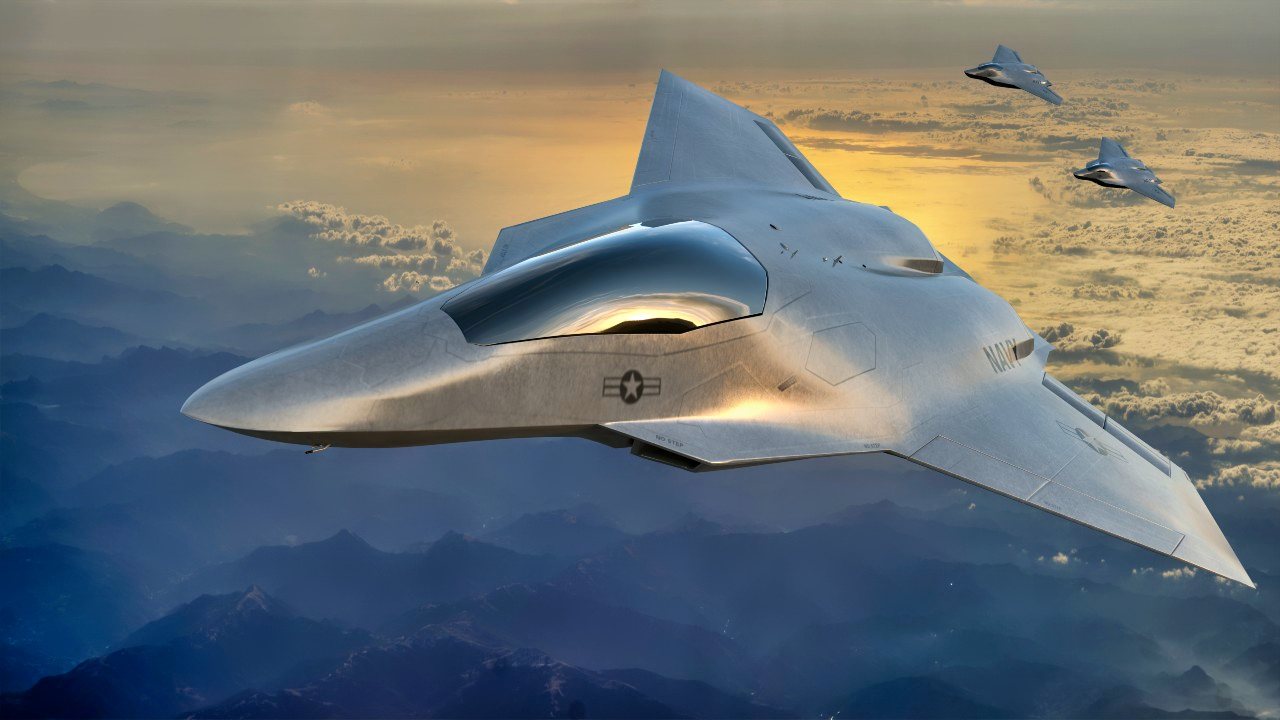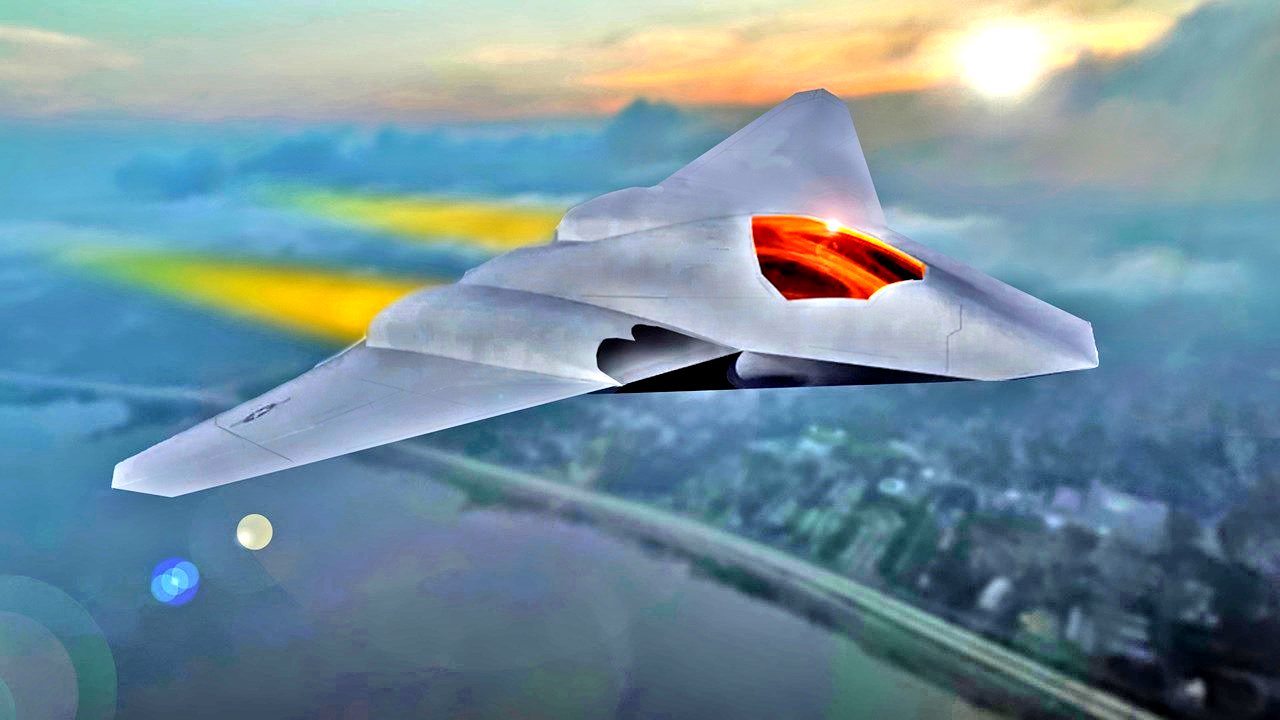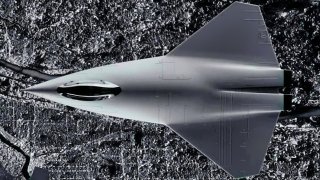NGAD: The 6th Generation Fighter the U.S. Air Force Needs
The U.S. military should remain committed to rapidly bringing its new sixth-generation American fighter into production — so it has at least a chance of being ready when and where it will be needed. Simply put: America needs NGAD.
Why We Need NGAD: Is the Air Force's fighter fleet about to go the way of the B-52 bomber? If so, it’s flying in the wrong direction.
The B-52 Stratofortress, the mainstay of the bomber fleet, will celebrate its diamond jubilee in a few years – its 75th year of operational service in the United States Air Force.
The B-52 – which first went into service in 1955 and had an expected service life of 20 years –is expected to stay in service until around 2060, meaning that many, if not most aircraft will have flown for more than a century when they are done.
Now it looks like the Air Force’s growing reliance on antique aircraft to extend its fighter jet inventory, too.
In the name of cost savings, the Pentagon is considering canceling or delaying the sixth-generation U.S. fighter that has been under development for the last several years.
Instead, the Air Force is considering prolonging the lifespans of several current fighter lines, including the nearly 30-year-old F-22 and the F-15 Eagle, which first flew some 50 years ago.
Those aircraft – along with the somewhat newer but trouble-plagued F-35 –would likely be given the planned sixth-generation fighter’s central role in the military’s Next Generation Air Dominance (NGAD) program — the program created to ensure the Air Force has the technological tools it needs to adequately defend the skies into the 2030s.
Retrofitted with the newest sensors and communications technology, these older aircraft would serve as command platforms for waves of new unmanned drone aircraft that the Air Force is increasingly looking to as front-line combatants in future aerial warfare.
But there are both practical and principled reasons why substituting older fighter aircraft for the new sixth-generation fighter is a bad idea.
Chief among these is that China – our biggest national security challenge will likely complete the J-XD, its own sixth-generation fighter, by 2035.
China appears to recognize that it cannot take shortcuts in the race for global air dominance. The U.S. should understand the same point and continue building its own sixth-generation fighter —technology that would guarantee long-term air dominance if built correctly. If it does not soon proceed with its NGAD program, the U.S. could be effectively ceding air dominance given how rapidly China is moving forward with its own effort.
The F-35 and other fighters that some believe can be simply enhanced instead of building out the NGAD have too many budgetary and operational limitations.
For example, the Defense Department has been struggling to update the F-35, likely since contractors did not create it with current threats in mind. Projected costs for operationalizing it continue rising as the path to acceptable modernization begins to look increasingly dimmer.
Another issue is that the unmanned systems that the government would need to pair with the F-35 and other older fighters to make them work for today’s threats are becoming increasingly expensive. What was once thought to be a $5 million proposition has quickly become a $25 million one — and that number may continue to climb.
It’s also not obvious that the unmanned, AI-powered UAS will be as effective in front-line combat missions as their promoters are promising. And if battlefield failures materialize, the U.S. will have only outmoded or unreliable manned aircraft to fall back on.

At this point, it’s worth remembering the U.S. experience with the Brewster F2A Buffalo. That was the Navy’s stubby, underpowered principal fighter at the outset of World War II.
Marine Corps pilots at the Battle of Midway reportedly dubbed the Buffalo the “Flying Coffin” after taking it up against the newer, faster, and more maneuverable Japanese A6M Zero.
Following the Buffalo’s disastrous early performance, more reliable fighters like the Grumman F4F-3 Wildcat were quickly pressed into service in large numbers. And the Buffalo faded into history.
If – as many military experts warn – the U.S. faces another Pacific war, it should avoid repeating the mistake of the Brewster Buffalo at all costs. That is, it should not begin the war being reliant on obsolete fighters for crucial air dominance against an enemy that has been hard at work developing an ultra-modern, best-in-class competitor. That’s especially true when development and production times for U.S. military aircraft have continued to lengthen in recent decades.

Fortunately, the new Wildcat was already in production and available to the Navy at the outset of World War II.
If the Air Force opts to cancel the NGAD, it will not have the same luxury should its older fleets prove inoperable or ineffective later. Putting it back into production would likely take years, if not decades – time that the U.S. will certainly not have.
That’s why the U.S. military should remain committed to rapidly bringing its new sixth-generation American fighter into production — so it has at least a chance of being ready when and where it will be needed.
It’s the best and most sustainable path forward, in the Great Power Competition world of the 21st century.
About the Author: Alexander B. Gray
Alexander B. Gray is the Chief Executive Officer of American Global Strategies LLC, an international strategic advisory firm that he co-founded with former U.S. National Security Advisor Robert C. O’Brien. In addition to the day-to-day management of the firm, Mr. Gray’s wide-ranging practice includes the defense, aerospace, maritime, and technology sectors. Mr. Gray most recently served as Deputy Assistant to the President and Chief of Staff of the White House National Security Council (NSC), where he directed the daily operations of the National Security Advisor’s immediate office, as well as the budget, personnel, and security functions of the NSC. Previously, he served in the White House as Special Assistant to the President for the Defense Industrial Base at the National Economic Council (NEC), the principal Executive Office of the President (EOP) official responsible for matters impacting the defense and manufacturing industrial base, and as the first-ever Director for Oceania and Indo-Pacific Security at the NSC.
Image Credit: Creative Commons and/or Shutterstock.


